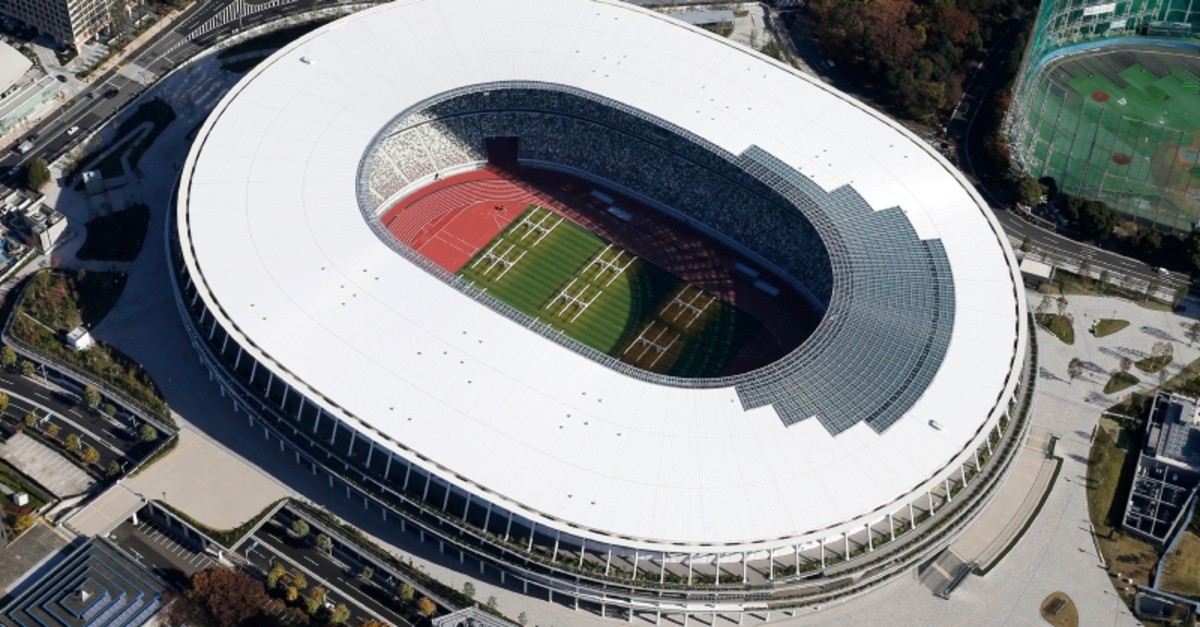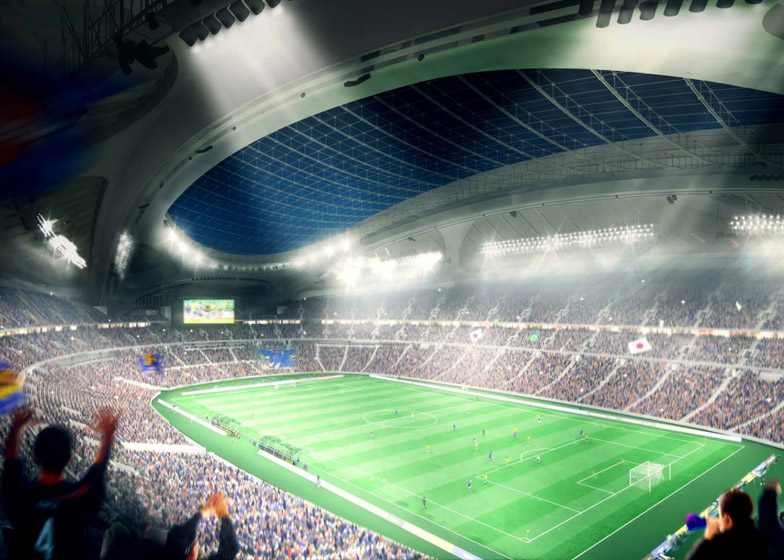

He says that before the 1964 Olympics, the lack of accessible design meant that many people with disabilities were unable to take part in various aspects of civic life, and therefore were not often seen by the general public. Dobashi’s research focuses on accessibility in transportation, disability, and urban development he himself was disabled in a car accident. “That was the start of disability awareness in Japan,” says Yoshito Dobashi, a visiting professor in the School of Regional Design at Utsunomiya University, north of Tokyo. Wheelchair marathon and ice sledge gold medalist Wakako Tsuchida carries the Olympic torch during the opening ceremony of the 2020 Games in Tokyo. The Paralympics served as a kind of national introduction to people with disabilities, and the high-profile focus was galvanizing. It was the first time the Olympics were broadcast on television and just the second iteration to formally include Paralympic Games, which were then limited to sports played by people who use wheelchairs. When Tokyo hosted the Games in 1964, accessible design was still a nascent idea, and the event was a turning point for the country. In Japan, the Olympics have a history of spurring accessibility improvements.

Yet even without the crowds of the opening ceremonies or the rush of foreign spectators, accessibility experts say these universal design elements could be among the positive legacies of this unusual event. The pandemic-related closure of the Games to spectators means the universal design and accessibility elements will miss their high-profile debut. “The influence on other buildings and stadiums is surely expected,” she writes in an email.ĭuring the Olympic Games and the Paralympic Games that follow, these features, like the stadium they were designed into, will go unused. These accessibility features are setting new standards in Japan for what’s known as universal design, according to Maiko Sugawara, a professor at Toyo University in Tokyo focused on barrier-free design in buildings and cities. There are “calm down” rooms for people with sensitivities to excessive stimuli. There are wheelchair-accessible seats that have unobstructed views of the field and outlets for recharging batteries. The stadium has bathrooms designed specifically to accommodate people with limited mobility, sight, and hearing. Accessibility features designed into the stadium, as well as shops, hotels, and transit stations throughout Tokyo, may be among the most tangible ways this unwanted, low-rated, and spectator-free Olympics makes an impact.
#Olympic stadium design series
Inside the icon, though, are a series of design details that represent an impact and legacy of the Olympics that could spread far beyond its doors.


 0 kommentar(er)
0 kommentar(er)
